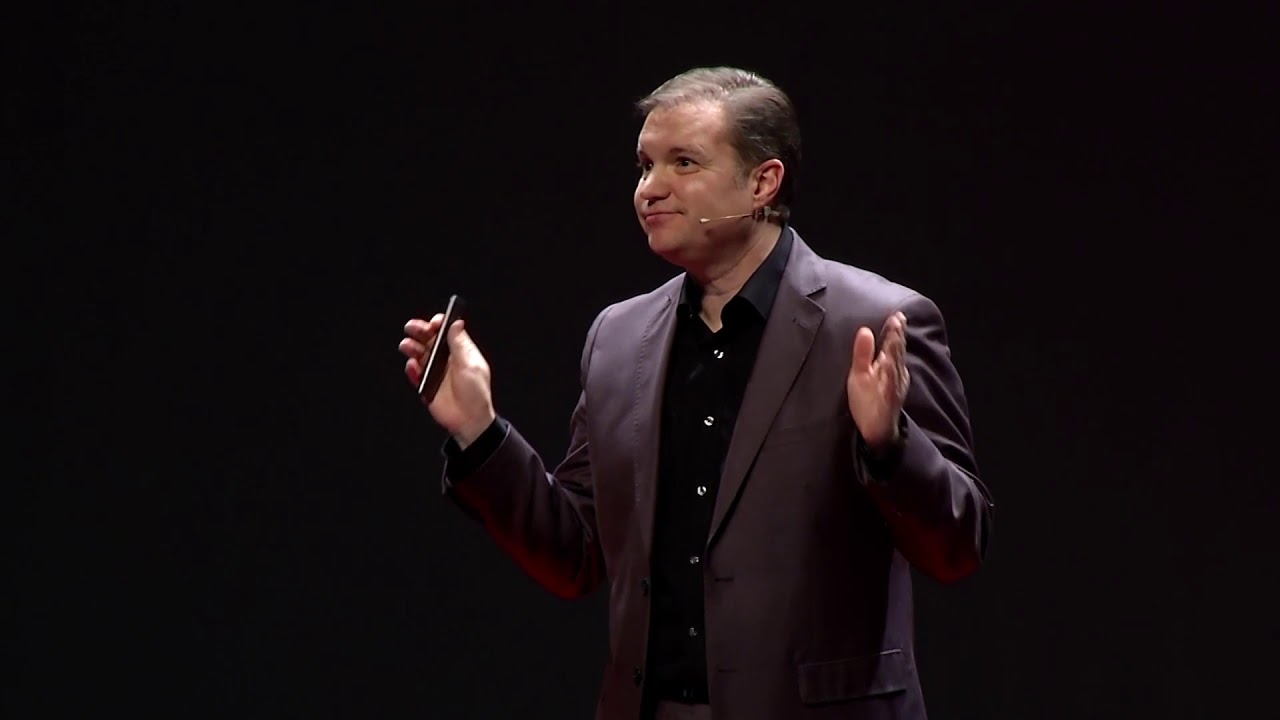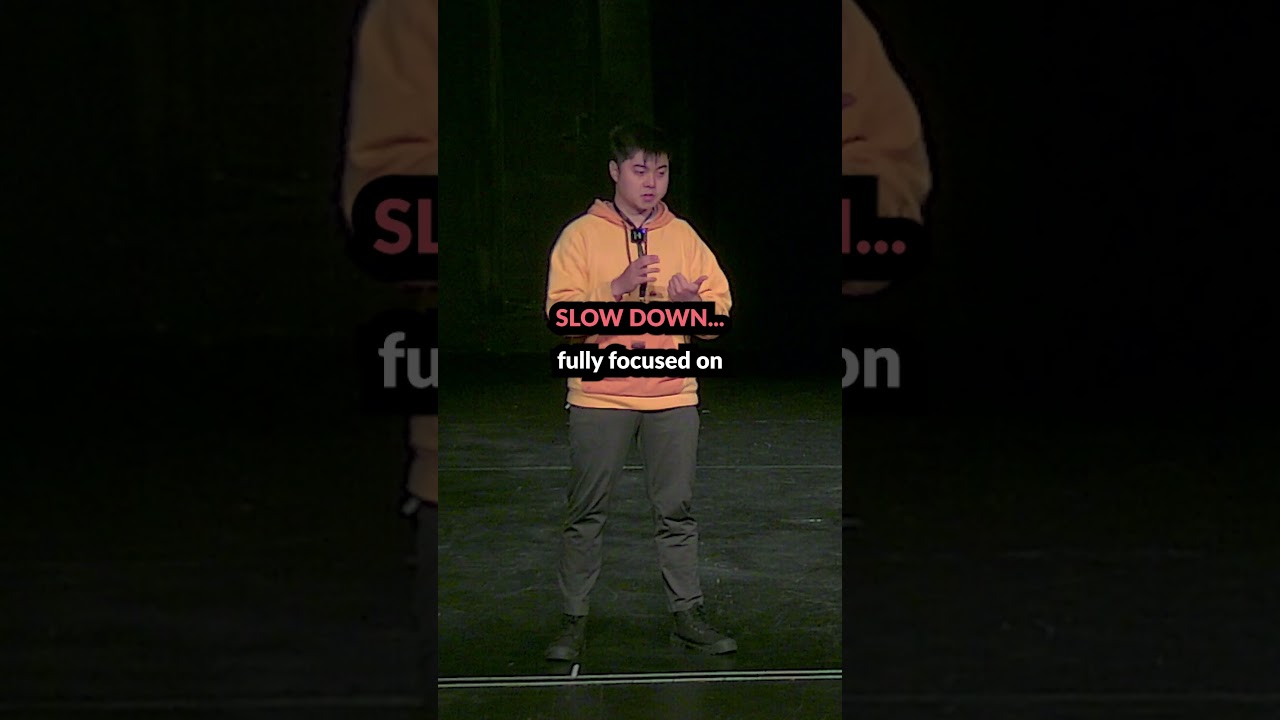Crafting an unforgettable speaking experience hinges on mastering specific stage skills that captivate and transform audiences. Engaging the crowd goes beyond simply imparting information; it demands a commitment to creating a dynamic, immersive atmosphere that resonates with listeners on a personal level. Let’s take a deep dive into the critical stage skills every speaker should develop to connect with and inspire their audience.

7 Essential Stage Skills for Transformational Speaking

1. Storytelling Proficiency
Storytelling stands as one of the pillars of effective speaking. Great speakers, like Brené Brown, showcase exceptional storytelling skills, effectively weaving personal anecdotes with broader themes. For instance, her TED Talk on vulnerability resonates deeply because she shares relatable experiences that spark emotions in her audience.
To harness your storytelling power, consider crafting authentic narratives. Share your struggles, triumphs, and lessons learned. This approach not only engages your audience but also allows them to internalize the emotions tied to your message. After all, who doesn’t love a good story? When you speak from the heart, your authenticity will shine through.

2. Vocal Variety and Modulation
Take a cue from Tony Robbins, whose dynamic vocal delivery balances commanding presence with conversational tones. This ability to modulate your voice not only keeps the audience engaged but also emphasizes critical points. Imagine delivering a life-changing statistic in a monotonous voice—yawn, right?
To enhance your vocal skills, practice vocal warm-ups and explore pitch variation techniques. You could also visit sites dedicated to improving speech practice. The more you play with your voice, the more compelling your delivery will become.
3. Body Language and Non-Verbal Communication
The late Steve Jobs mastered the art of body language during product launches. His movements and gestures matched his enthusiasm, significantly amplifying his message. Non-verbal cues can reinforce what you say, enhancing emotional connection.
Work on strong body language that aligns with your content. Make deliberate movements to highlight key points, and be mindful of your facial expressions. Remember, your audience is reading your body just as much as they are listening to your words. Invest time to fine-tune your non-verbal communication for greater impact.
4. Audience Engagement Techniques
Interactive speakers like Simon Sinek utilize rhetorical questions and live polls to pique audience participation, reinforcing an atmosphere of inclusion. Such techniques ensure the audience feels involved, making the experience memorable and facilitating better information retention.
Consider methods like requesting a show of hands or breaking the audience into small discussions on your topic. These engagement tactics not only elevate your stage presence but also turn passive listeners into active participants. A lively crowd makes for a dynamic experience, don’t you think?
5. Effective Use of Visual Aids
Visionary leaders like Hans Rosling have transformed typically dry data into captivating experiences through compelling visuals coupled with engaging narratives. Strong visuals can provide clarity, highlighting the crux of your message.
When creating slides or graphics, aim for clarity and aesthetics. Overcrowded visuals can confuse rather than clarify, so stick to key points that reinforce your message. Use online speech platforms to experiment with your visuals before hitting the stage, ensuring a smooth delivery that keeps everyone focused.
6. Adaptability and Flexibility
Speakers such as Ellen DeGeneres exemplify remarkable adaptability on stage. Whether it’s responding to audience reactions or handling technical glitches with humor, her flexibility makes her relatable. As a speaker, the ability to pivot in response to the audience’s mood can significantly enhance your effectiveness.
Practice being present in the moment. You may find it beneficial to do some talk training to help you react organically instead of rigidly adhering to a script. When you feel the vibe of your audience, you can adjust accordingly and keep their attention.
7. Practicing Empathy and Connection
Oprah Winfrey stands out as a quintessential example of a speaker who builds connections through empathy. By recognizing and addressing audience needs and emotions, she fosters an environment where attendees feel acknowledged and understood.
To cultivate empathy, focus on active listening. Engage with your audience before stepping on stage, whether through social media or at meet-and-greet events. This effort can help create personal bonds that transcend the microphone.

Final Thoughts on Crafting Captivating Stage Skills
As we move forward into 2026, the landscape of public speaking has evolved. Today’s audiences seek transformation, aiming for more than just facts—they crave emotional engagement. The stage skills we’ve unpacked here are vital for establishing a connection that leaves a lasting impact.
By sharpening these skills, you’ll not only captivate your audience but also motivate them to take meaningful action. Each ability we’ve discussed adds a unique layer to your toolkit, facilitating more effective communication. Embrace these vital skills, put in the work, and watch as your audience’s engagement, understanding, and retention grow exponentially.
Are you ready to ignite your speaking career? Check out the resources on speech practice and online speech methods available at Connie Pheiff. Your journey to commanding the stage starts with the right steps!
With these actionable insights, you will be well on your way to captivating audiences and transforming your public speaking career. Start honing these stage skills today, and don’t hesitate to reach out for guidance at Talk Training sessions tailored to your interests and needs. It’s time to take control and shine on stage!

Stage Skills That Captivate and Transform Audiences
Engaging with Stage Skills
Every great speaker knows that mastering stage skills isn’t just about knowing what to say—it’s about how to say it. Take William Talman, for instance. This actor, famous for his role in “Perry Mason, had a knack for captivating audiences with his precision and delivery. His performances remind us that effective storytelling can transform a mundane message into something memorable. Just as This Thing Called Love expertly weaves emotion and artistry, so too should your delivery.
While we often think of stage skills as a flash of charisma, the magic lies in their attention to detail and human connection. For example, let’s consider Katrina Bennett from Suits. Her character embodies confidence and presence, showing how powerful body language and facial expressions can be in engaging an audience. Research even shows that a person’s body language accounts for a staggering 55% of communication, a vital nugget for any speaker looking to hone their stage skills.
Fun Facts About Stage Skills
Now, don’t you love a good trivia nugget? Did you know that using engaging visuals—a hallmark of great speeches—can boost audience retention rates by over 40%? Speakers who incorporate slideshows or props often find they can communicate their message clearer, much like streaming with Hallmark Plus, where visuals enhance the viewing experience. Additionally, just as Prime Premiere Amazon offers exclusive content, speakers should aim to provide unique insights that resonate deeply with their audiences.
As you develop your own abilities, remember that quality matters. Authenticity in your stage skills can make or break the connection with your audience. By focusing on storytelling techniques, seasoned speakers often draw their listeners into a world of emotion and intrigue, much like a great novel or a twisted plot line in your favorite TV series. So go ahead, elevate those stage skills and keep your audience on the edge of their seats!










